












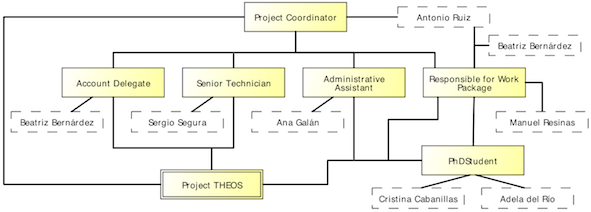
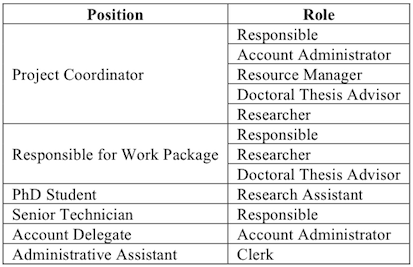
Figure 1 contains an excerpt of the ISA Research Group of the University of Seville from a research project perspective:
For instance, individual Beatriz Bern�rdez belongs to the positions Responsible for Work Package and Account delegate. As a responsible for work package she has three roles: Responsible, Researcher and Doctoral Thesis Advisor. On the other hand, her other position gives her the role Account Administrator. Both positions may in turn be linked to the Project THEOS, which is an organizational unit.
This organizational structure is mapped into the ABox of the Organizational Ontology, according to the terms used in the TBox. The mapping is quite straightforward. The instances of the model are defined as individual assertions in the ABox and the relationships between the individuals are stated as property assertions, as will be shown below.
Besides the property assertions directly obtained from the information in Figure 1 and Table 1, an additional individual assertion has been made for each individual to state that each individual has exactly the properties stated and no more (e.g. Position Responsible for Work Package has exactly three participatesIn relationships). This is necessary to be able to express the negation included in RAL language because of the open world assumption of DL. The open world assumption means that DL assumes that the knowledge may be incomplete and, hence, the absence of a property assertion stating that, e.g., a Responsible for Work Package participates in role Clerk, does not mean that a Responsible for Work Package does not have role Clerk, it may simply mean that the knowledge is incomplete and it has not been asserted yet. This peculiarity will be included in column "Extra assertion" of the following tables.
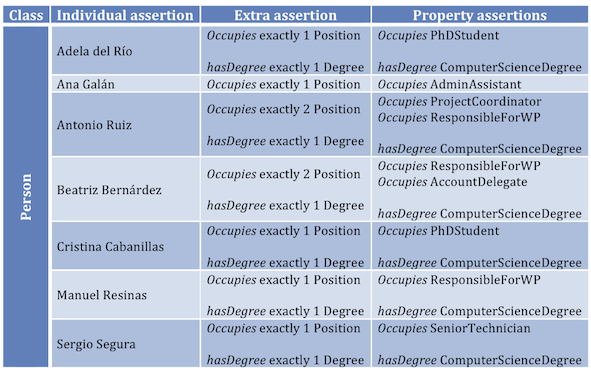
Table 2. ABox configuration regarding class Person
Table 2 contains the information related to the individual resources of the organization, i.e., each person. Therefore, the instantiation of the relationships "Person occupies Position" and "Individual Resource has capability Capability" has been done as shown in the table.
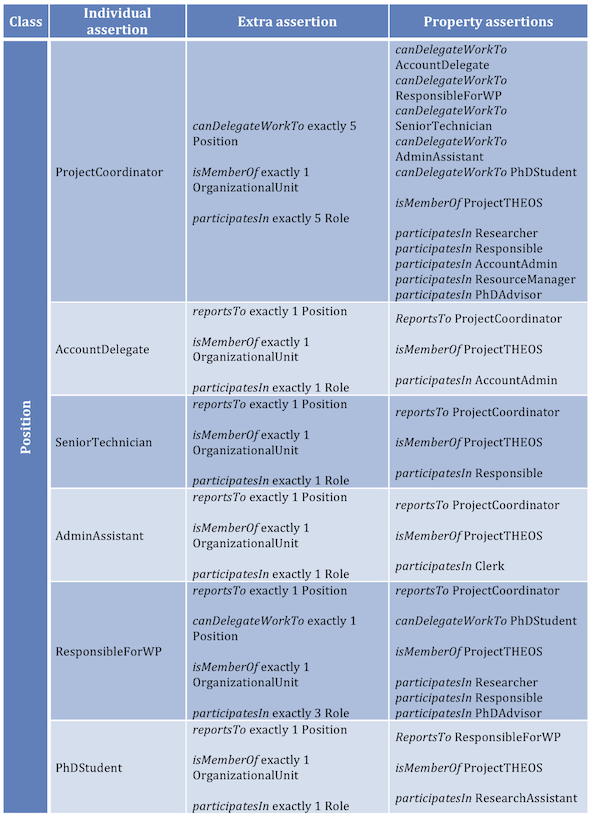
Table 3. ABox configuration regarding class Position
The same schema has been followed in Table 3 to represent the positions of ISA group, in this case indicating the following relationships:
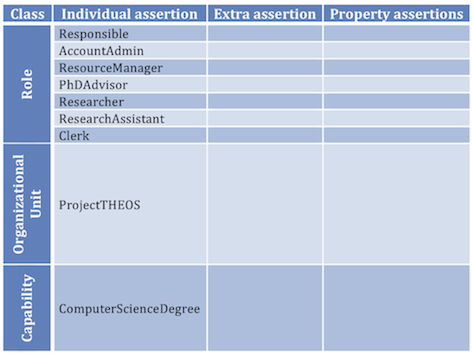
Table 4. ABox configuration regarding classes Role, OrganizationalUnit and Capability
Roles, organizational units and capabilities do not have assertion properties, nor extra assertions, because there are no relationships relating to these concepts in the organizational metamodel, apart from those corresponding to inverse properties of the properties already defined in the previous tables.
The code of the ISA group ontology can be downloaded from here: